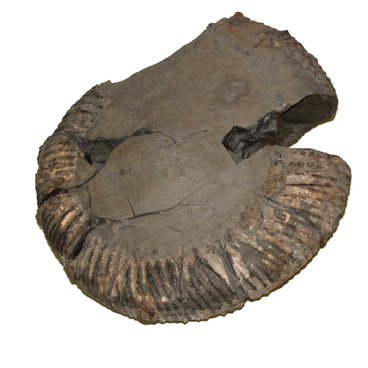The Northern pintail duck is a type of duck that got its name on account of its needle-like tail that is especially prominent in male specimens. These sharp feathers can be seen both while the bird is in flight and when it is swimming in water. The Northern pintail duck was first described by naturalist Carl Linnaeus who named it Anas acuta, which roughly translates from Latin as a pintail duck. It is also known under a bunch of other names, including the water pheasant.
The male’s mating plumage features some high contrast feathers dominated by gray and chestnut hues. The bright brownish color of the female looks mostly the same as that of other ducks. The slender shape of the pintail duck is emphasized by its elongated neck and for the male, and further emphasized by the pin tail. The Northern pintail duck is somewhat smaller than the standard wild duck: the female’s body can reach 57 cm in length, while males can be 76 centimeters long. The wingspan is 80-95 cm on average, while the body mass varies between 550 and 1,300 grams.
The male’s mating plumage features some high contrast feathers dominated by gray and chestnut hues. The bright brownish color of the female looks mostly the same as that of other ducks. The slender shape of the pintail duck is emphasized by its elongated neck and for the male, and further emphasized by the pin tail. The Northern pintail duck is somewhat smaller than the standard wild duck: the female’s body can reach 57 cm in length, while males can be 76 centimeters long. The wingspan is 80-95 cm on average, while the body mass varies between 550 and 1,300 grams.




